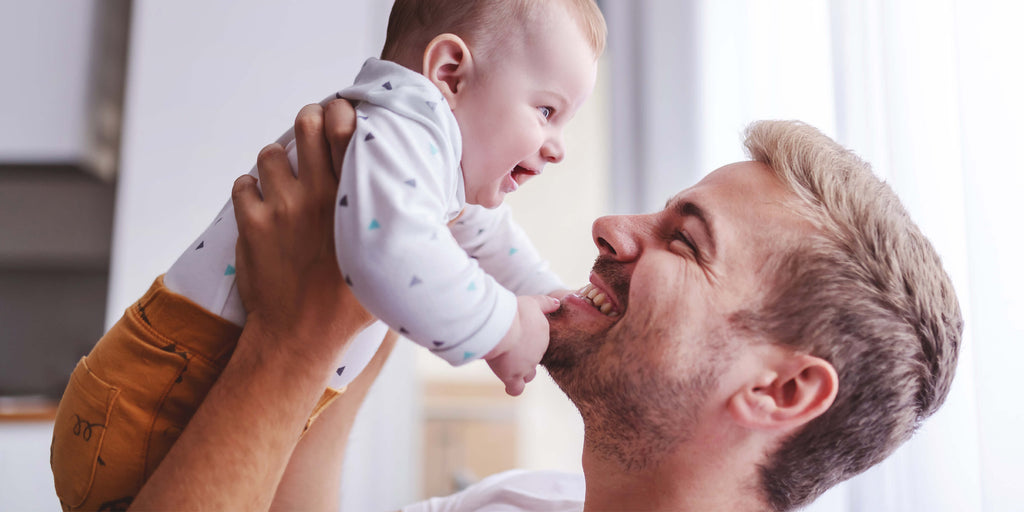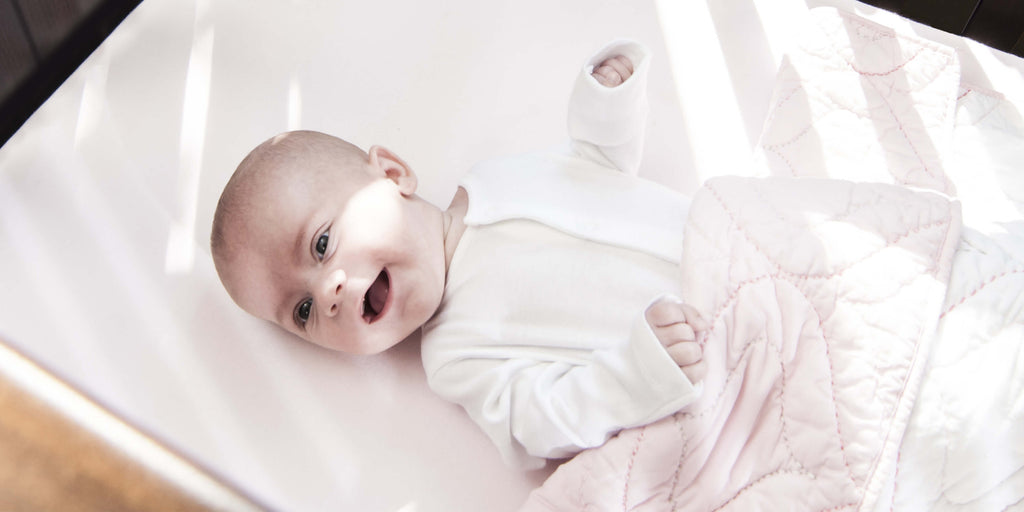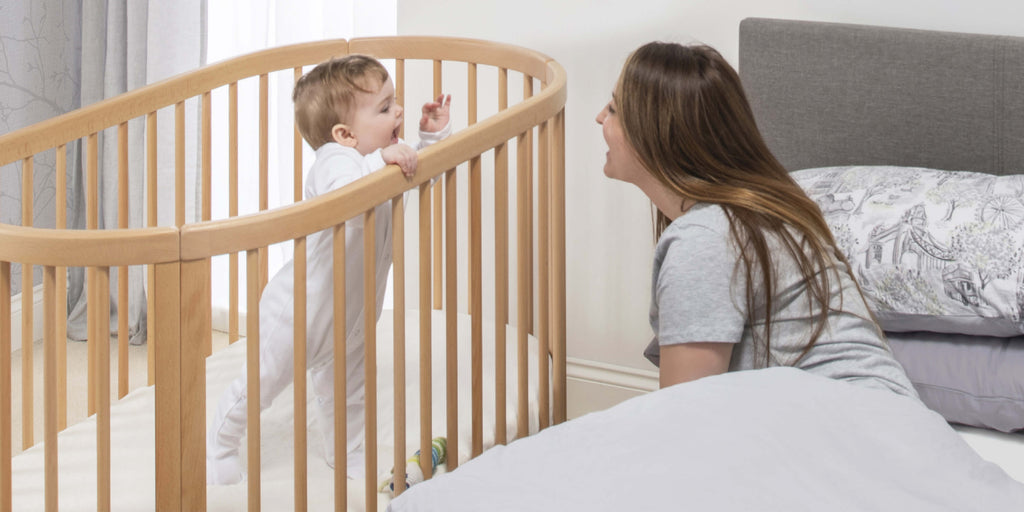Chris is a baby and toddler sleep consultant specialising in designing gentle sleep training programmes for babies and toddlers. Chris works with clients on a one-to-one basis and also has a series of age-specific online courses for you to implement at your own pace. Chris has kindly shared an exclusive offer for our readers. Get 20% off online courses using code BOORI20
Read on for top tips on how to transition your little one to their own space...
Moving your baby into their own room can be a huge step for both baby and parents. Actually, it’s often a bigger emotional step for parents, with little ones often taking it in their stride! With that in mind make sure YOU are ready for the move. Safe sleep guidelines state that your baby should be in the same room as you for the first six months of their life to reduce the risk of SIDS.But that doesn’t mean you have to move baby out of your room at that point; if you want to have them in with you longer than 6 months that’s fine. Do it when it is right for you and your family - there is no harm to them being in your room longer.
Babies go through something commonly known as the ‘4 month sleep regression’. It’s actually a huge progressive step in their sleep development. Most little ones have come out of it by 5-6 months of age and parents start to notice that their babies start becoming disturbed by their surroundings. It’s often at this point that parents decide to move baby to their own room.
So what tips can I give you to make the transition as smooth as possible?
Firstly, make sure their room is as consistent to yours as much as possible. By this I mean if you had blackout blinds (a great tool to help little ones sleep longer and reduce early wakings) in your room, make sure you have them in your little one’s new room too. If you were using white noise, transfer it over. Likewise, if you weren’t using it, there is no need to introduce it after the move unless their new room is particularly loud due to traffic etc. Also think about the room temperature; ideally this should be between 16 and 20 degrees Celsius.

Another great tip is to keep them in bedding they’ve already slept in before the move for a few days. I know so many parents can’t wait to transfer little ones into lovely clean sleeping bags to match their new room, but they can get lots of comfort from the familiar smell of their used items. Make sure their cot is clear of any items such as soft toys and bumpers to encourage safe sleep.

Also don’t change anything around bedtime. If you have a good bedtime routine in place, keep it going as this is a great way to make little ones feel safe and secure despite the other changes going on. You might be tempted to stay with your little one whist they fall asleep on their first night. If they were self-settling at the beginning of the night in your room then try and keep this going. Some babies are absolutely fine by the move to a new cot but can start to sense your anxiety. Therefore, stay outside their room with the monitor to ensure they are ok and of course be ready to go in and offer them support and comfort if they are not. If your baby is unsettled it’s absolutely fine to support them through this process. I’m a big fan of giving little ones the opportunity to lead on things like this, but when they start to get upset and distressed they need your support. Once they are comfortable you can work on independent sleep strategies. I have loads of tips on managing this on my Instagram page.

Finally, and as I said initially, make sure you transition your baby into their own room only when you are both ready. I don’t advise starting the transition when little ones are feeling poorly or going through a peak of bad teething. This process can also be harder on little ones that have been co-sleeping. One option is to move them into a cot in your room first before then moving the cot into their own room.





